I am looking at designing a small bug zapper circuit of the type described in this post: How does this mosquito zapper circuit work?
Here is an approximate schematic of what I am trying to build:

I have done some research into how this circuit works and also taken apart a mosquito zapper racket and tested the circuit firsthand. From this I've gain a basic understanding of how the circuit works via self oscillation and flyback.
What I'm confused about is how to correctly source the transformer component. I know I need one with 6 leads, but other than that I'm kind of in the dark. The transformer from the unit I took apart had no distinguishing markings so it wasn't much help.
Can anyone tell me what specifications I need in a transformer for this circuit to work?
Thanks!